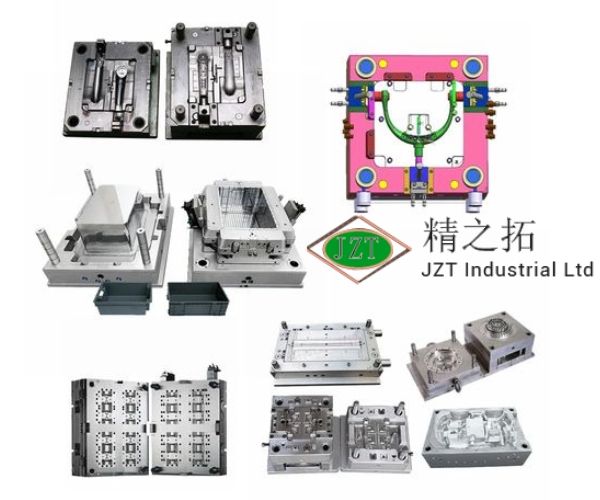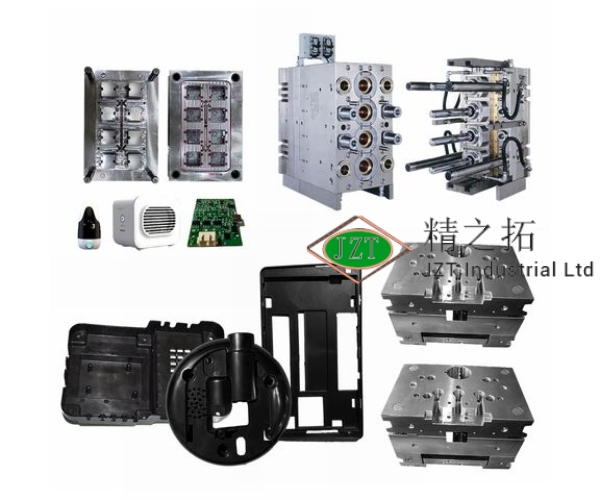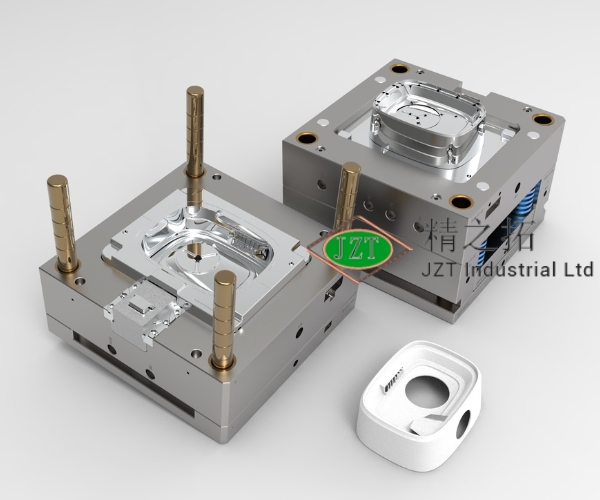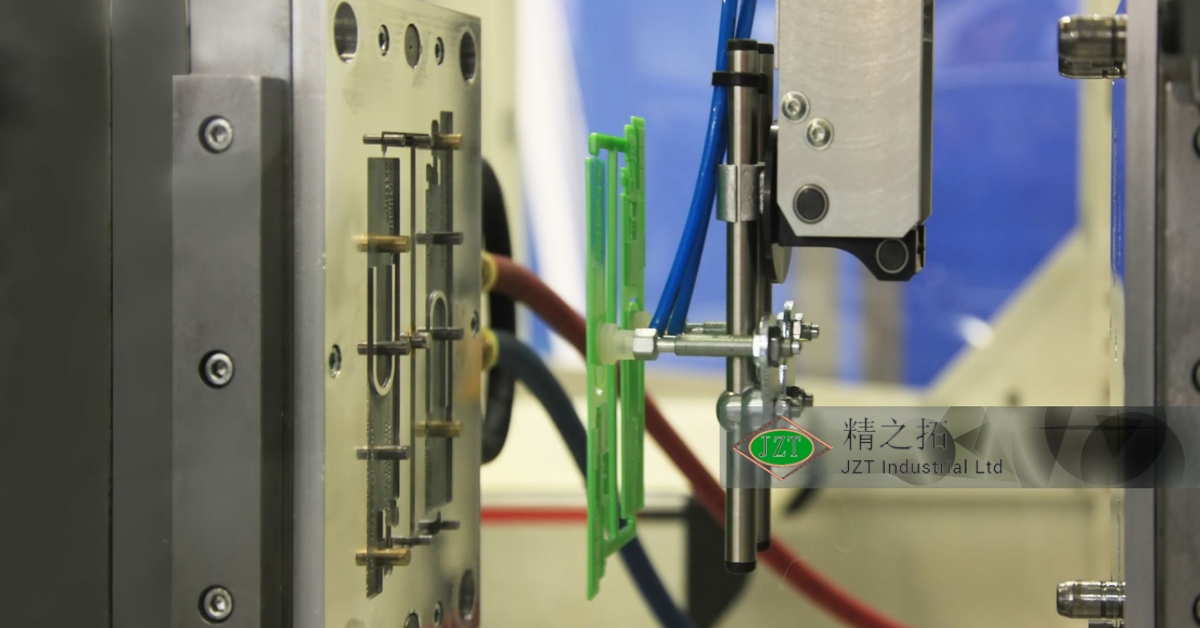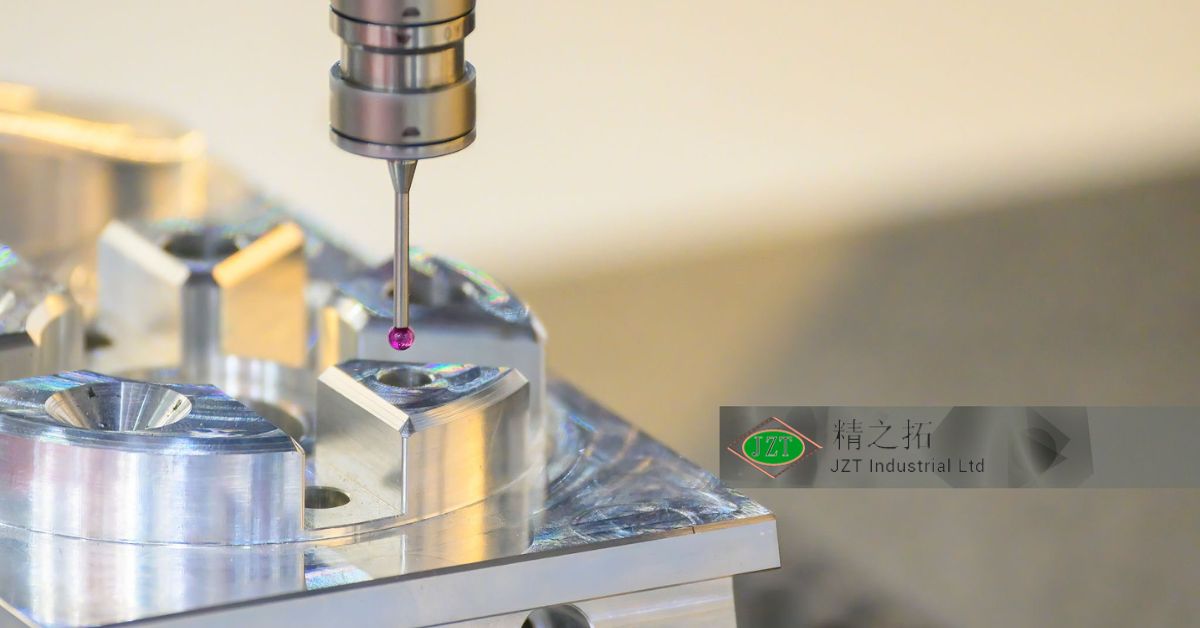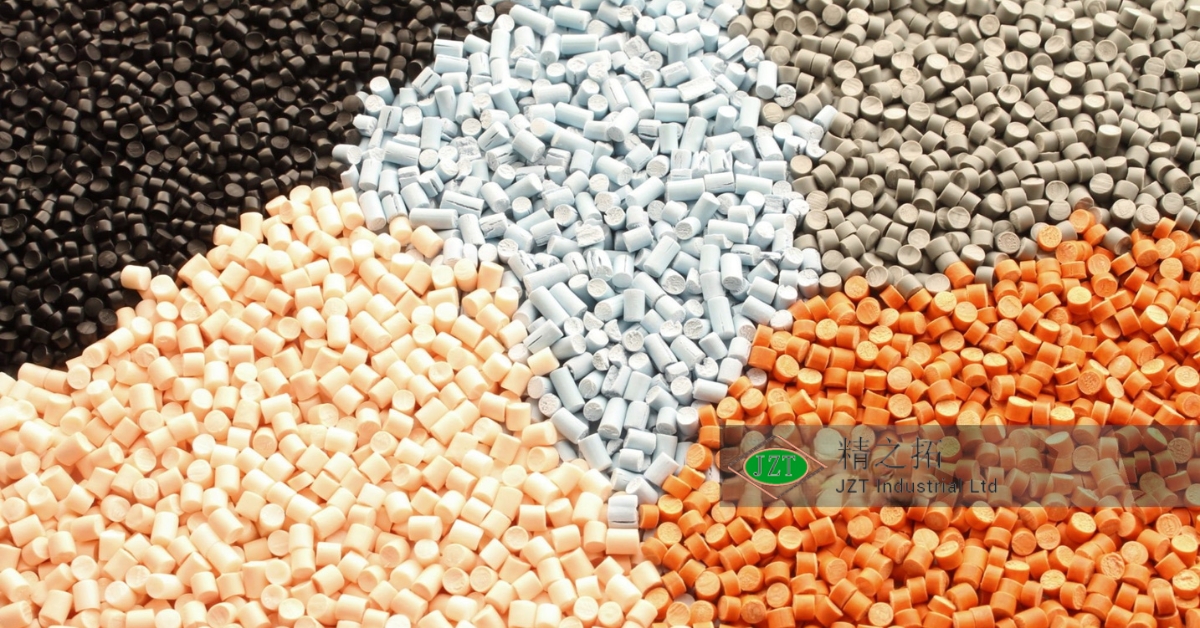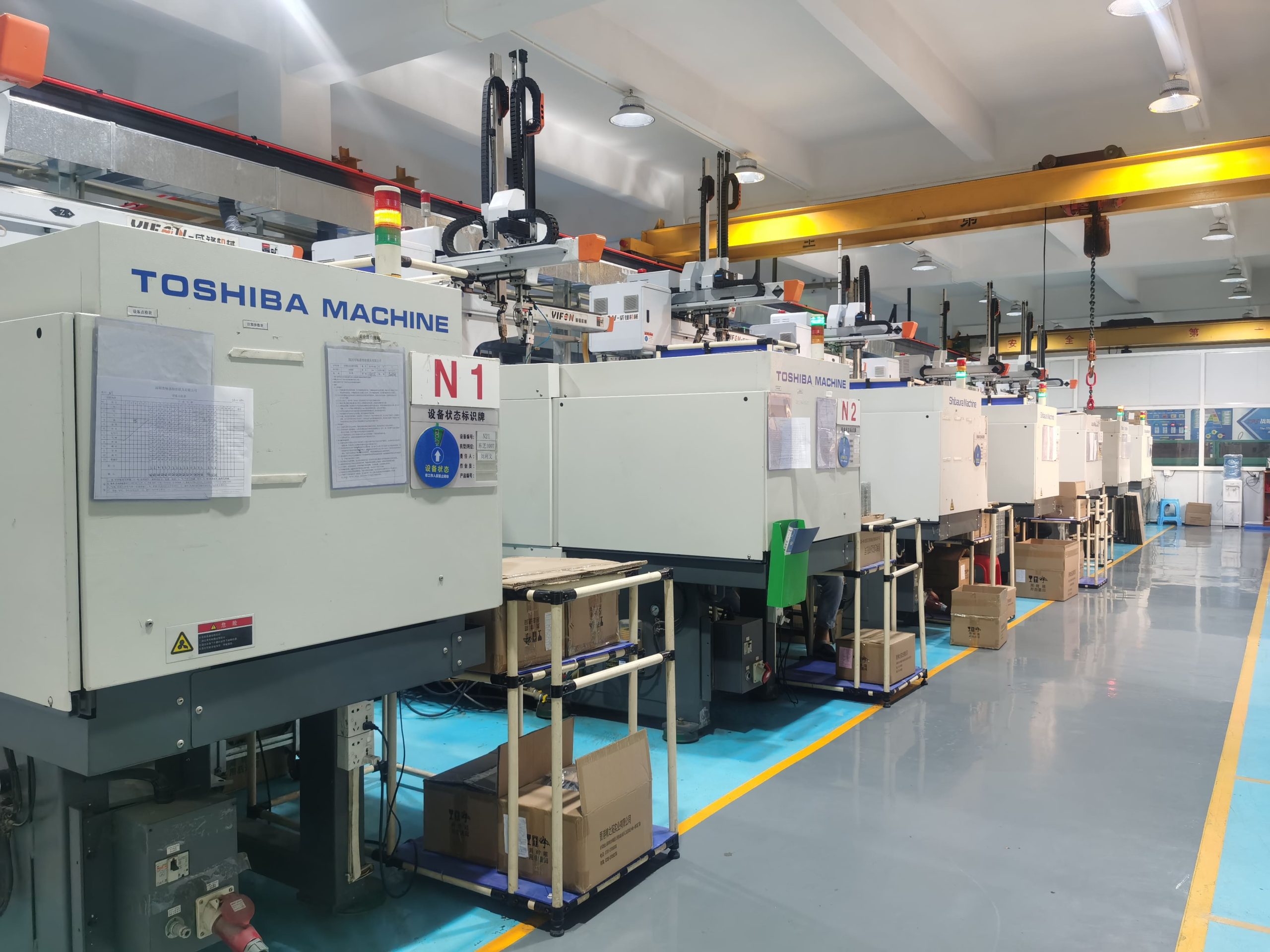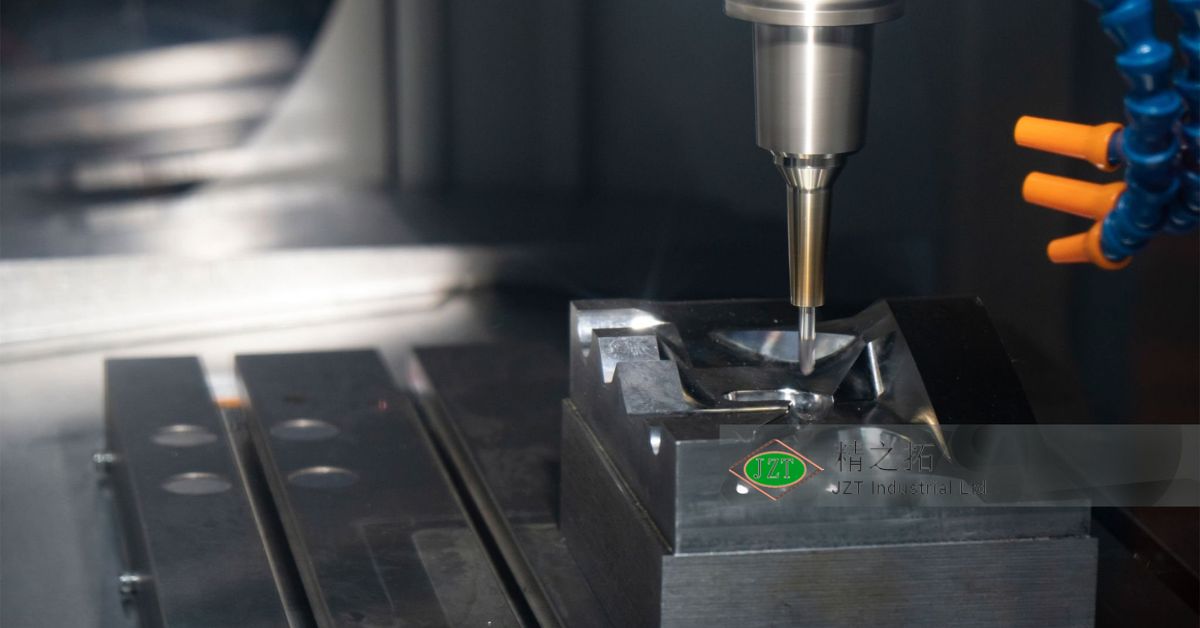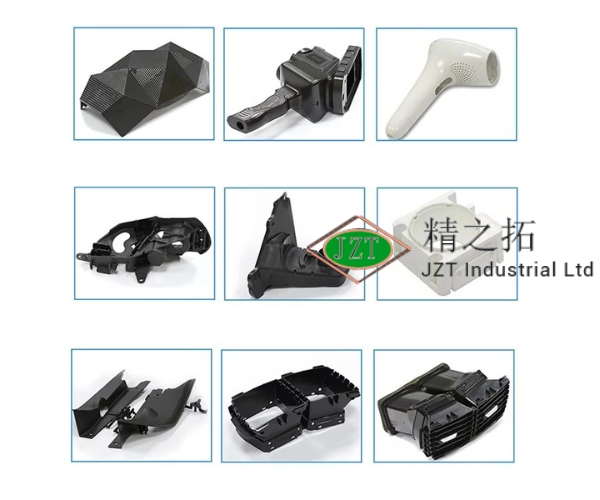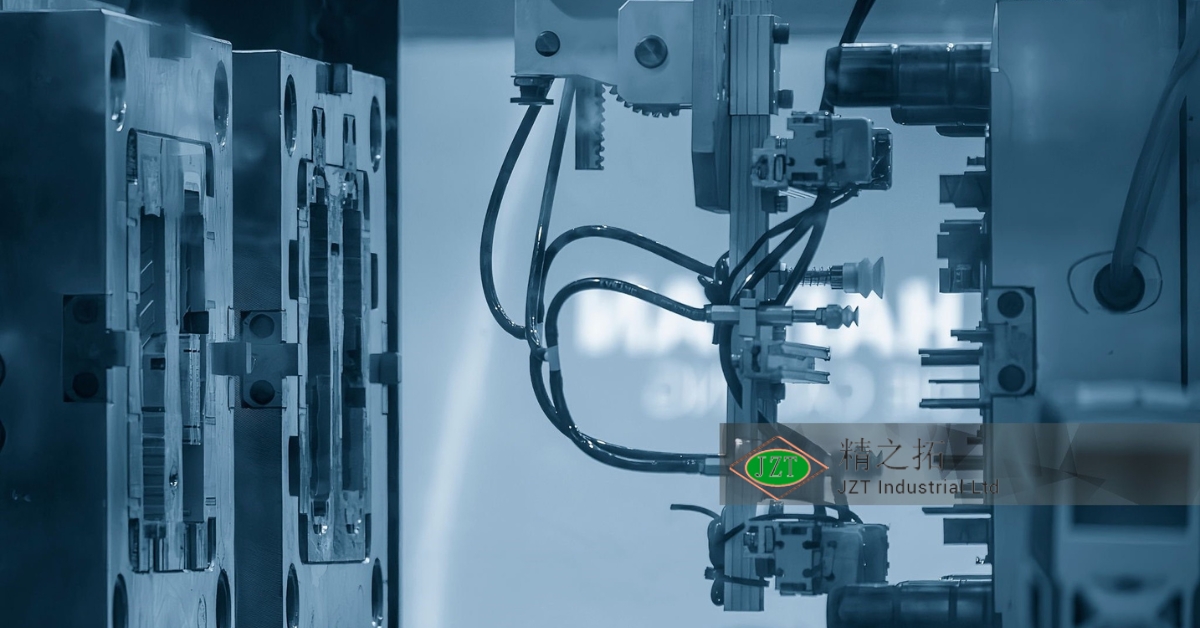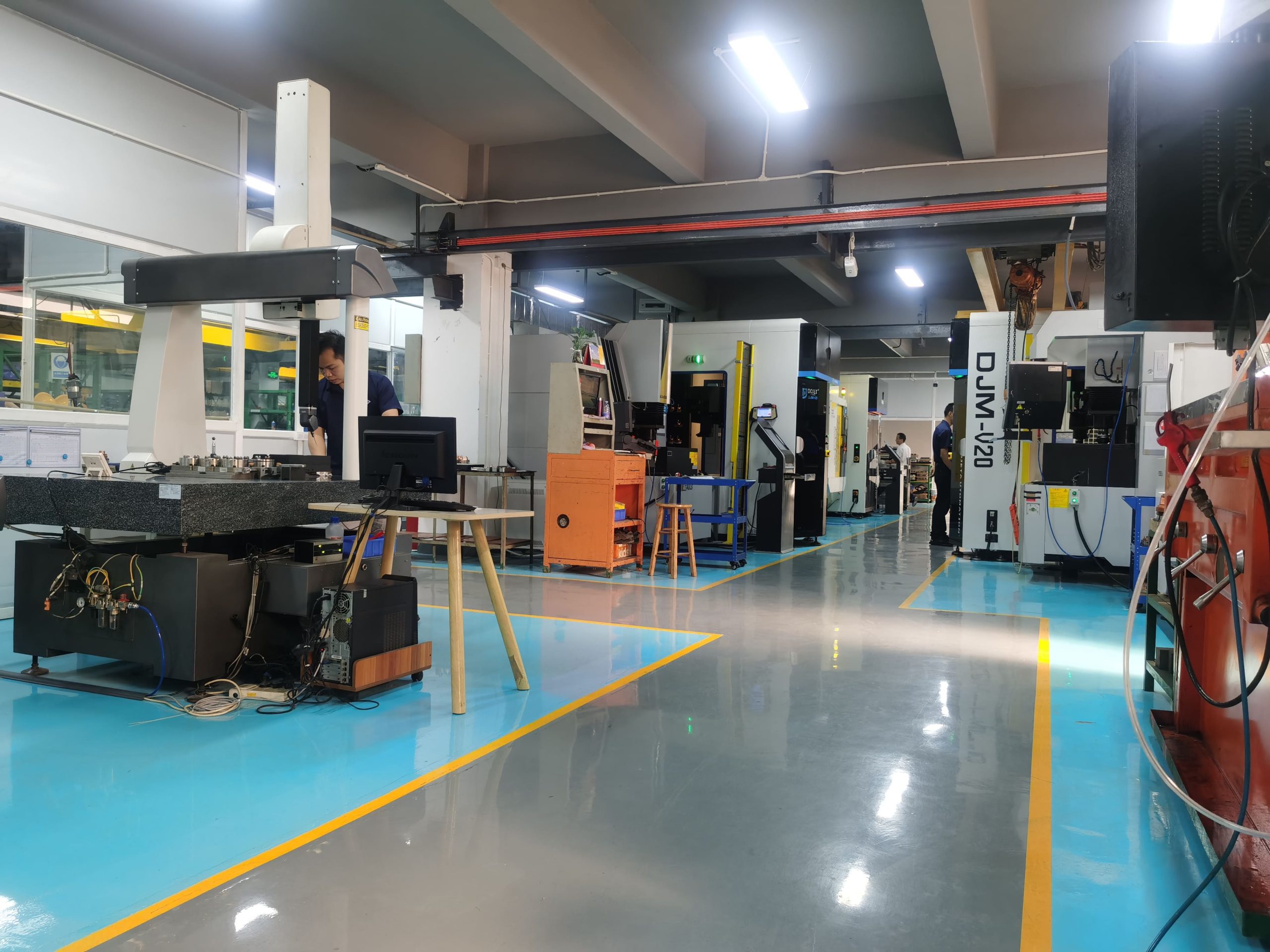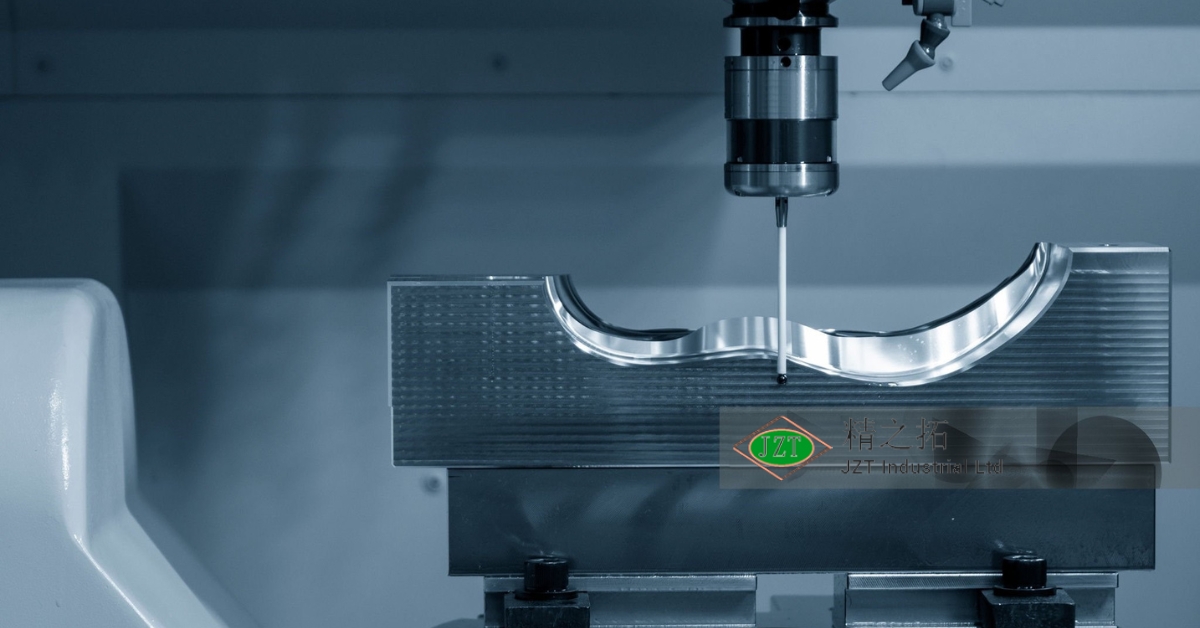소개
In the global marketplace, where customers expect premium-quality products, the quality of plastic injection molds plays a vital role in determining a business’s success. Export-quality molds are designed to meet the demands of international buyers by adhering to high standards in materials, precision engineering, and regulatory compliance. For businesses, understanding what sets export-quality plastic injection molds apart is crucial to establishing a reputation for reliability and durability in competitive markets.
This article will provide insights into the defining characteristics of export-quality molds, the role of quality control, and how technological advancements are shaping the industry. By exploring these elements in detail, readers will gain a deeper understanding of how export-quality molds support product integrity and enable businesses to thrive in international markets.
Export-quality plastic injection molds are essential in helping manufacturers compete on a global scale. As businesses expand into international markets, the demand for high-quality molds that meet rigorous standards has grown. Export-quality molds are defined by their exceptional durability, precision, compliance with international regulations, and enhanced quality control practices. In this comprehensive guide, we’ll explore the unique attributes of export-quality molds and why they’re essential for businesses looking to succeed globally.
Section 1: Defining Export-Quality Plastic Injection Molds
What Does “Export-Quality” Mean for Plastic Injection Molds?
The term “export-quality” refers to molds manufactured with standards that exceed basic domestic requirements, making them suitable for international markets with stringent quality expectations. Unlike standard molds, which may suffice for local markets, export-quality molds are crafted with higher-grade materials and precise engineering, designed to meet the needs of industries like automotive, medical, and consumer goods that demand consistent, high-quality parts.
Export-quality standards ensure that each mold produces parts with precise dimensions, smooth finishes, and optimal functionality. These standards address factors such as material durability, accuracy, and resistance to wear, which are essential when molds are expected to perform reliably over long production runs. In essence, export-quality molds are built not only to meet customer expectations but to exceed them, ensuring that each plastic part produced aligns with international quality benchmarks.
Why Export-Quality Standards Matter in International Markets
Export-quality standards are essential because they instill confidence in customers regarding the quality and consistency of plastic parts. For businesses operating in international markets, these standards act as a differentiator, setting their products apart in terms of reliability and durability. Export-quality molds minimize the risks of defects, rejections, or returns, which can be costly for both the manufacturer and the client. Meeting these standards also helps avoid compliance issues with local regulations in target markets, which is especially important in regulated industries like healthcare and automotive.
High standards in export-quality molds not only protect businesses from financial setbacks but also enhance brand reputation, leading to repeat orders and customer loyalty. For clients, knowing that a mold is built to withstand rigorous production demands without compromising quality ensures they’re investing in a solution that will yield value over time. This confidence is especially crucial for customers who rely on molds for producing complex custom plastic parts where precision is key.
Differences Between Domestic and Export-Quality Molds
Domestic molds and export-quality molds differ significantly in terms of durability, material selection, and manufacturing precision. While domestic molds may be designed for shorter production runs and less stringent tolerances, export-quality molds are engineered to perform consistently in high-volume, long-term applications. Export-quality molds also use superior materials, such as hardened steel or high-grade alloys, to withstand the demands of international production standards.
Export-quality molds are also built to tighter tolerances, ensuring precise dimensions and consistent quality, even under high-pressure production conditions. These molds go through extensive testing and certification processes, ensuring they meet or exceed the requirements of multiple international standards. By investing in export-quality molds, businesses can meet the expectations of international clients who prioritize safety, precision, and product reliability.
Section 2: Key Features of Export-Quality Plastic Injection Molds
High-Grade Materials and Their Impact on Mold Longevity
The choice of materials is a critical factor that sets export-quality molds apart from standard options. High-grade materials, such as hardened tool steel, stainless steel, and specialty alloys, are chosen for their exceptional durability, resistance to wear, and ability to withstand high-pressure conditions without deformation. These materials ensure that the molds can maintain their structural integrity and dimensional accuracy even after producing millions of parts, making them ideal for high-demand applications.
Using superior materials also extends the life of export-quality molds, which is particularly valuable in international markets where downtime for repairs or replacements can lead to costly delays. High-grade materials help maintain consistent quality over long production cycles, which is essential for industries that prioritize uniformity and precision, such as medical devices or automotive components. For businesses, investing in molds made from premium materials reduces the likelihood of premature wear, minimizing maintenance costs and ensuring reliable performance throughout the mold’s lifespan.
Precision Engineering and Tight Tolerances
Precision is one of the defining characteristics of export-quality plastic injection molds. These molds are engineered with tight tolerances, allowing them to produce parts with exact dimensions and minimal variation. Precision is especially important for industries like electronics, automotive, and healthcare, where even slight deviations can impact product functionality or lead to safety risks.
Precision engineering relies on advanced manufacturing techniques and equipment, such as CNC machining and laser cutting, which allow manufacturers to create molds that meet the highest standards of accuracy. Tight tolerances ensure that every plastic part produced fits seamlessly with other components, reducing the need for adjustments or rework during assembly. In international markets, where quality consistency is paramount, precision-engineered molds are a valuable asset that helps businesses deliver parts that meet or exceed customer expectations.
Multi-Cavity and Custom Design Capabilities
Another feature that makes export-quality molds stand out is their flexibility in design, particularly in the ability to create multi-cavity molds and customized solutions. Multi-cavity molds enable manufacturers to produce multiple parts in a single cycle, significantly improving efficiency and reducing unit costs. This capability is especially valuable for large orders, allowing businesses to meet high-volume demands without compromising quality.
Custom design capabilities allow manufacturers to create molds tailored to specific product requirements, from unique shapes and sizes to specialized material properties. For businesses catering to international markets, offering custom plastic parts through versatile mold designs adds value by meeting diverse client needs. Custom and multi-cavity molds are often favored by international buyers who prioritize efficiency, high output rates, and parts consistency, as these designs support streamlined production and maintain rigorous quality standards.
Surface Finishing and Aesthetics
In international markets, the appearance and surface finish of plastic parts are critical, particularly for consumer goods, electronics, and medical products where aesthetics impact brand perception. Export-quality molds are designed to deliver high-quality finishes, eliminating surface imperfections and enhancing the visual appeal of each part. Surface finishing techniques, such as polishing, texturing, and plating, are commonly applied to export-quality molds to create smooth, visually appealing surfaces or textures as specified by the client.
Aesthetic quality not only enhances the end product’s appearance but also improves functionality by providing a smooth surface that may be easier to clean, assemble, or handle. By offering molds with high-quality finishes, manufacturers can meet the expectations of international buyers who prioritize visual appeal, usability, and the seamless integration of plastic parts into larger assemblies. Surface finishing in export-quality molds also reinforces a business’s commitment to quality, setting a positive impression in competitive global markets.
Section 3: Quality Control Standards for Export-Quality Molds
Key Quality Control Measures in Export-Quality Molds
Quality control is essential in ensuring that export-quality plastic injection molds meet the rigorous standards expected in international markets. Key quality control measures begin at the design stage and continue through material selection, mold production, and final inspection. Manufacturers implement a series of inspections and tests that evaluate everything from dimensional accuracy and surface finish to material integrity and durability.
Quality control protocols often include dimensional inspections using precision tools like Coordinate Measuring Machines (CMMs) to verify that each cavity and feature of the mold aligns with the specified tolerances. In addition, visual inspections are conducted to check for surface defects or imperfections that could affect the final part’s quality. For complex custom plastic parts, manufacturers may also conduct prototype testing to assess functionality and performance under real-world conditions. By implementing thorough quality control measures, businesses can ensure that each mold meets the standards required to produce high-quality parts consistently.
Testing Protocols for International Standards Compliance
International markets have stringent standards that export-quality molds must comply with to ensure product safety, durability, and functionality. Testing protocols are designed to verify that molds meet these standards by subjecting them to various stress tests, load-bearing tests, and environmental simulations. Common tests include thermal resistance testing, to verify that the mold can handle high temperatures without warping, and pressure testing, to confirm it can withstand the demands of high-pressure injection molding processes.
For clients in the automotive, medical, and aerospace industries, compliance with specific testing protocols is crucial. Manufacturers often conduct durability tests to ensure molds can sustain repeated use without degradation in quality, as well as impact tests to assess the mold’s resistance to wear. These tests not only confirm compliance but also assure international buyers that the molds they receive are capable of delivering safe, consistent results in high-volume production environments.
Role of Certifications in Assuring Export Quality
Certifications like ISO 9001, ISO 13485, and IATF 16949 are widely recognized as indicators of high-quality manufacturing processes. These certifications require manufacturers to maintain rigorous quality management systems, demonstrating a commitment to meeting global standards. ISO 9001 certification, for instance, verifies that the manufacturer has a comprehensive quality management system in place, encompassing everything from document control to corrective action planning. ISO 13485, specific to medical device manufacturing, ensures that the mold production process aligns with the regulatory requirements for medical-grade plastic parts.
For international buyers, these certifications provide reassurance that the manufacturer adheres to standardized processes and quality control protocols. By working with certified manufacturers, clients can be confident that the molds they purchase meet international quality benchmarks and that the supplier is committed to continuous improvement. Certifications are essential in international markets, where compliance, reliability, and product safety are top priorities.
Section 4: Compliance with International Standards and Regulations
Understanding Regulatory Requirements in Key Markets
Export-quality molds must adhere to the regulatory standards of various target markets, each of which may have distinct requirements for product safety, environmental compliance, and material sourcing. For example, molds exported to the European Union must comply with REACH (Registration, Evaluation, Authorization, and Restriction of Chemicals) standards, which restrict the use of certain hazardous substances in manufacturing. In the United States, the Food and Drug Administration (FDA) regulates materials and quality standards for medical device components.
Meeting these regulatory requirements is essential to avoid compliance issues that could delay product launches or result in costly recalls. Export-quality mold manufacturers often familiarize themselves with key regulations in markets like the U.S., EU, Japan, and Canada to ensure that their products meet all necessary standards. Compliance not only opens doors to more markets but also positions the manufacturer as a reliable partner capable of meeting diverse regulatory requirements.
Industry-Specific Standards (e.g., Automotive, Medical)
Certain industries have specialized standards that export-quality molds must meet to ensure safety and functionality. In the automotive industry, IATF 16949 outlines quality management requirements for manufacturers that supply parts to automotive companies. This standard addresses quality and consistency issues unique to the automotive sector, where parts must withstand high temperatures, constant vibrations, and other demanding conditions.
For medical-grade molds, compliance with FDA standards and ISO 13485 is critical. These standards ensure that molds used to produce medical devices meet stringent hygiene and biocompatibility requirements, safeguarding patient safety. Industry-specific standards are often non-negotiable in international markets, and manufacturers who comply with them demonstrate a high level of expertise and commitment to quality. Adhering to these standards is vital for accessing clients in highly regulated industries where product failure is not an option.
Environmental and Sustainability Standards
Sustainability has become a key consideration in international markets, with many buyers seeking environmentally responsible suppliers. Environmental standards like RoHS (Restriction of Hazardous Substances) and WEEE (Waste Electrical and Electronic Equipment) impact the production of plastic injection molds, requiring manufacturers to limit hazardous substances and reduce waste in production processes. Compliance with these standards is particularly important for customers who prioritize sustainable sourcing and environmentally friendly practices.
By meeting environmental standards, manufacturers of export-quality molds can appeal to eco-conscious clients and reduce their environmental footprint. Many businesses are also exploring sustainable practices, such as using recycled materials and implementing energy-efficient production techniques. For buyers, partnering with a sustainable manufacturer not only supports their corporate social responsibility goals but also enhances their brand reputation among environmentally aware consumers.
Section 5: Advanced Technology and Innovation in Export-Quality Molds
Integration of CAD/CAM Software for Precision and Efficiency
Computer-aided design (CAD) and computer-aided manufacturing (CAM) software play a central role in the precision engineering of export-quality molds. CAD allows designers to create highly detailed 3D models of molds, which can be adjusted to meet exact specifications. CAM, on the other hand, translates these digital designs into precise manufacturing instructions, guiding machines to produce molds with high accuracy. Together, CAD and CAM streamline the mold production process, enabling manufacturers to maintain tight tolerances and ensure that each mold meets stringent quality standards.
CAD/CAM software also supports rapid prototyping, allowing manufacturers to test and refine designs before full-scale production. By using digital simulations, manufacturers can detect and resolve potential design flaws, minimizing the risk of defects and ensuring the final mold performs as expected. This technology is essential for producing custom plastic parts, as it allows for efficient design adjustments and improves overall production efficiency.
Automated Quality Control Systems
Automation has revolutionized quality control in plastic injection molding, particularly for export-quality molds where consistency and reliability are paramount. Automated quality control systems, such as machine vision and robotic inspection tools, allow manufacturers to inspect each mold with a high degree of precision. These systems can detect minute defects, measure dimensions accurately, and conduct comprehensive inspections at multiple points in the production cycle, reducing the risk of human error.
Automated quality control also enables real-time monitoring, allowing manufacturers to identify and correct issues immediately. For international clients, automated systems assure that each mold meets export-quality standards, providing peace of mind that the final products will be consistent across all production runs. Automated inspection is particularly valuable in high-volume production, where maintaining consistent quality across thousands of parts is essential.
Use of Robotics and AI in Mold Production
The integration of robotics and artificial intelligence (AI) in mold production has enabled manufacturers to achieve higher levels of precision, speed, and customization. Robotics assist in repetitive tasks, such as material handling and assembly, allowing for faster production times and reduced risk of contamination or human error. For complex custom plastic parts, robotic systems can precisely replicate intricate designs, ensuring uniformity across multiple production runs.
AI complements robotics by analyzing production data to optimize processes and predict potential issues before they arise. For instance, AI can detect patterns in temperature fluctuations or material inconsistencies, providing insights that manufacturers can use to make real-time adjustments. For export-quality mold manufacturers, the use of robotics and AI not only enhances quality but also positions them at the forefront of innovation, appealing to international buyers who value cutting-edge technology.
Section 6: Durability and Maintenance of Export-Quality Molds
Why Durability is Essential for Export Markets
Durability is a crucial attribute of export-quality molds, as these molds are often subjected to long production cycles and high-pressure environments. Durable molds ensure that parts maintain their dimensional accuracy and aesthetic quality over time, even after millions of cycles. For international buyers, durability translates to cost savings, as they can rely on the molds for extended periods without frequent repairs or replacements.
In international markets, durability also supports consistent output, reducing the likelihood of production halts due to mold failure. Durable export-quality molds are particularly valuable for high-volume applications, where maintaining productivity is essential to meeting customer demand. By investing in durable materials and robust designs, manufacturers can produce molds that deliver reliable, consistent results, reinforcing their reputation for quality and dependability.
Maintenance Best Practices for Prolonged Mold Life
Regular maintenance is essential to extending the life of export-quality molds. Maintenance practices include cleaning, lubrication, and inspecting mold components for wear or damage. By implementing a preventive maintenance schedule, manufacturers can identify and address issues early, preventing more severe problems that could impact production quality or lead to costly repairs.
For export-quality molds, maintenance is particularly critical in ensuring consistent performance over long production runs. Regular inspections allow manufacturers to monitor key components, such as cooling channels and ejector pins, that are prone to wear. By following best practices in maintenance, manufacturers can maximize mold life and reduce downtime, ensuring that each mold continues to meet high standards of quality.
Proactive Mold Maintenance Plans for International Buyers
For international buyers, maintenance plans add value by ensuring that their molds remain in peak condition throughout their lifecycle. Some manufacturers offer proactive maintenance programs that provide clients with regular updates on mold condition, replacement part recommendations, and technical support. These plans are especially valuable for clients who may not have the resources or expertise to conduct maintenance in-house.
Proactive maintenance programs help prevent issues that could interrupt production, minimizing the risk of costly delays or part defects. By offering maintenance support, manufacturers can build stronger relationships with international clients, demonstrating their commitment to quality and long-term customer satisfaction. Maintenance plans provide an added layer of assurance that the molds will perform consistently, even under demanding production conditions.
자주 묻는 질문(FAQ)
- What sets export-quality plastic injection molds apart from standard molds?\
Export-quality molds are crafted with high-grade materials, precision engineering, and advanced quality control measures, ensuring durability and compliance with international standards. - Why are certifications important for export-quality molds?\
Certifications like ISO 9001 and IATF 16949 demonstrate that the manufacturer adheres to global quality standards, providing assurance to international clients about product reliability and compliance. - How do advanced technologies contribute to the quality of export molds?\
Technologies like CAD/CAM software, automated inspection, and AI-powered analytics enhance mold precision, streamline production, and ensure consistent quality across production runs. - What are the environmental standards for export-quality molds?\
Export-quality molds often comply with environmental standards like RoHS and REACH, reducing hazardous materials and supporting sustainable manufacturing practices. - Why is mold maintenance important for export markets?\
Regular maintenance ensures that export-quality molds retain their performance, durability, and accuracy over long production runs, reducing downtime and repair costs for international clients.
결론
Export-quality plastic injection molds are distinguished by their superior materials, precision, durability, and compliance with international standards. These molds are built to exceed the expectations of global customers, providing consistent, high-quality parts that meet the demands of various industries. From advanced quality control practices to cutting-edge technology, export-quality molds offer a competitive advantage for businesses seeking to establish a reputation in international markets.
Investing in export-quality molds provides long-term benefits for both manufacturers and clients, including cost savings, reduced defect rates, and enhanced brand credibility. By choosing reliable, high-quality molds, businesses can ensure they meet the rigorous standards of international markets, enabling growth, customer satisfaction, and sustained success in an increasingly competitive global landscape.

